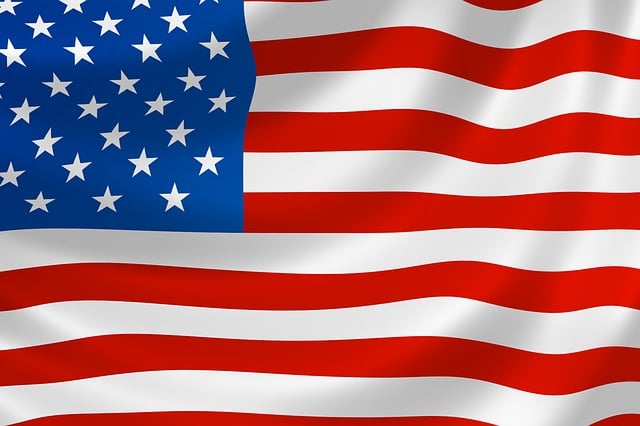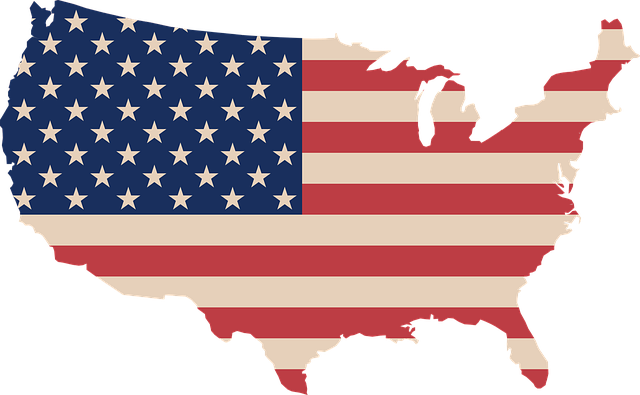The American Eagle and the American Ultimate Ultimate Flags are profound symbols deeply embedded in the cultural and national identity of the United States. The eagle's presence on the Great Seal and its combination of an olive branch and arrows signifies a balance between peace and military preparedness, while the flag's red, white, and blue colors represent unity, courage, and purity. Together, they embody the nation's dedication to freedom, democracy, and justice, uniting its diverse populace under shared values. These symbols have historical roots in the American Revolution and have evolved over time to reflect the country's evolution, with the eagle remaining a constant presence on the flag since 1782. The American Eagle symbolizes national pride, liberty, justice, and democracy, encapsulating the United States' enduring legacy and aspirations. Both the eagle and the flag are celebrated as icons of American heritage, pride, and identity, seen in public displays and cultural expressions across the nation. They inspire a sense of belonging and shared memory among citizens, being central to America's story and resonating in moments of celebration, remembrance, and civic pride. These symbols continue to be sources of inspiration for artists and designers, capturing the essence of America in various creative works.
The American eagle and the American flag are enduring symbols deeply woven into the fabric of national identity, each embodying the country’s core values of freedom and unity. This article delves into the rich tapestry of meanings captured within these icons, exploring their historical evolution, design elements, and cultural significance. From the early days of American history to contemporary expressions of pride and heritage, the eagle and flag stand as a testament to the nation’s collective spirit, guiding and inspiring its citizens. Join us as we examine the dual emblem’s role in shaping modern American identity and its presence in cultural displays across the land.
- The Symbolism of the American Eagle and the American Flag: A Dual Emblem of Freedom and Unity
- Historical Evolution: How the American Eagle Became an Icon on the American Flag
- Design Elements: Dissecting the Iconography of the Eagle in the Context of the American Flag
- The Role of the American Eagle and the American Flag in Modern American Identity
- Celebrating Pride and Heritage: The American Eagle and the American Flag in Cultural Expression and Public Displays
The Symbolism of the American Eagle and the American Flag: A Dual Emblem of Freedom and Unity

The American Eagle, a powerful symbol of freedom and strength, has long been a representation of the United States’ values and ideals. Its majestic flight and sharp gaze convey the nation’s resilience and its ability to soar above challenges. The eagle’s presence on the national emblem, including the Great Seal of the United States, signifies not only the sovereignty of the nation but also the vigilance with which it guards its principles. This emblematic bird is often depicted with an olive branch and arrows in one talon, symbolizing the country’s readiness for both peace and defense. The American Eagle thus stands as a testament to the balance between pacifism and military preparedness that America upholds.
Accompanying the eagle is the American Flag, a vibrant tapestry of red, white, and blue that represents the unity of America’s diverse population. The flag, with its iconic stars and stripes, is a universal sign of American identity and heritage. Each color carries its own significance: red symbolizes hardiness and valor; white stands for purity and justice; and blue represents vigilance, perseverance, and justice. Together with the eagle, the flag encapsulates the country’s commitment to freedom and democracy, as well as the collective spirit that binds Americans together. The combination of these symbols, the American Eagle and the American Flag, serves as a powerful dual emblem that resonates with the heart of the nation, reminding all of the ideals for which it stands.
Historical Evolution: How the American Eagle Became an Icon on the American Flag

The American Eagle, a powerful symbol of freedom and strength, has a storied history that intertwines with the evolution of the American Flag. Initially, the flags flown during the American Revolution featured various designs, including the “Donovan’s Flag” and the “Grand Union Flag,” which included a representation of an eagle, signifying the new nation’s spirit of independence and the dominion of its skies. As the United States established its national identity following the War of Independence, the Great Seal of the United States was designed, with the bald eagle as its central emblem. This emblem, shown in profile facing the olive branch, held a bundle of thirteen arrows in one talon and an olive branch in the other, representing both peace and war. The eagle’s placement on the flag’s reverse side symbolizes the country’s readiness for conflict as well as its desire for peace.
The American Eagle on the American Flag has undergone subtle changes over time, reflecting the nation’s history and values. In 1818, the stars on the flag were updated to match the number of states in the Union, beginning a tradition that would continue with each state’s admission into the Union. The eagle, too, has remained steadfast as a symbol of national pride, appearing on every official U.S. flag since 1782. Today, the American Eagle and the American Flag are synonymous with the ideals of liberty, justice, and democracy that the United States holds dear. The eagle’s image has become an iconic representation of the country itself, encapsulating its past struggles and aspirations for the future. It is a reminder of the resilience and unity of the American people, as well as the enduring legacy of the nation’s founding principles.
Design Elements: Dissecting the Iconography of the Eagle in the Context of the American Flag

The American Eagle, a powerful and enduring symbol, takes flight within the heart of the American Flag, a visual embodiment of the country’s values and identity. This majestic bird, with its spread wings and sharp eyes, is an emblem of strength, freedom, and resilience. In the context of the flag, the eagle’s presence is both a source of national pride and a testament to the ideals upon which the United States was founded. The bald eagle, officially designated as the national bird by act of Congress in 1782, appears in mid-flight on the flag’s obverse, its wings extended across thirteen white stars representing the original colonies. This stance symbolizes the readiness to defend liberty and justice for all. The eagle clutches arrows in one talon, signifying conflict or defense against threats to American values, and an olive branch in the other, embodying the nation’s desire for peace. The juxtaposition of these symbols conveys a dual commitment to both defense and diplomacy. The coloration of the eagle on the flag is rich and bold, with dark brown feathers and a white head and tail, capturing the attention and admiration of observers around the globe. Its image, along with the red and white stripes and blue field with fifty stars, encapsulates the American ethos, making the American Flag not just a piece of cloth but a canvas of collective aspirations and a universal sign of democracy and independence.
The Role of the American Eagle and the American Flag in Modern American Identity

The American Eagle and the American Flag are enduring symbols that play a pivotal role in shaping modern American identity. The American Eagle, with its powerful wings spread and sharp gaze, represents strength, freedom, and resilience. It is a symbol of the country’s ability to soar above challenges and uphold its principles. As an emblem of the federal government, the eagle appears on various official seals and coins, reinforcing its status as a national representation of vigilance and courage.
The American Flag, with its iconic stars and stripes, is a visible beacon of American heritage and values. It has flown over significant events in U.S. history, from moments of triumph to periods of reflection and change. The flag serves as a reminder of the unity and diversity that characterize America, each star representing a state within the union, and the stripes symbolizing the original 13 colonies that declared independence. Together, the American Eagle and the American Flag encapsulate the essence of American pride and ideals, embodying the country’s past, present, and future aspirations. They are not merely symbols but are integral to the collective identity and national consciousness of Americans everywhere.
Celebrating Pride and Heritage: The American Eagle and the American Flag in Cultural Expression and Public Displays

The American Eagle and the American Flag are quintessential symbols that represent the pride and heritage of the United States, deeply woven into the cultural fabric of the nation. These emblems serve as a testament to the values and identity that Americans hold dear, and they are frequently employed in various forms of cultural expression and public displays. In festivities ranging from Independence Day parades to memorial services, the American Eagle, with its powerful wings and sharp gaze, often accompanies the stripes and stars of the American Flag, symbolizing freedom and strength. These icons, emblematic of unity and resilience, are not merely passive symbols but active participants in the narrative of a country’s story, inspiring a sense of belonging and collective memory among its citizens. Public art installations, monuments, and even contemporary fashion often incorporate these motifs, reflecting a national pride that is both diverse and inclusive. The American Eagle and the American Flag are more than just national colors; they are expressions of shared values and aspirations, a visual language that speaks to the heart of America’s cultural identity. Artists and designers across various mediums harness the powerful imagery of these symbols to create works that resonate with the public, capturing moments of celebration, commemoration, and civic engagement. Through these artistic representations, the American Eagle and the American Flag continue to inspire awe, evoke emotion, and foster a sense of unity among Americans from all walks of life.
